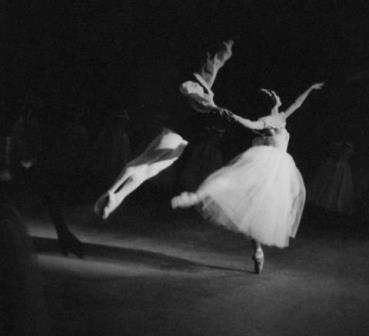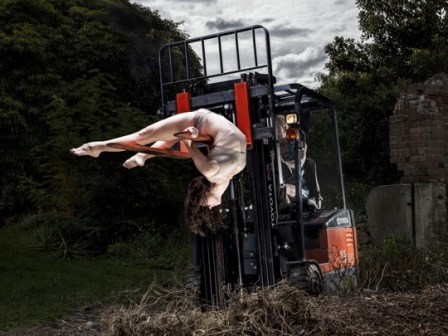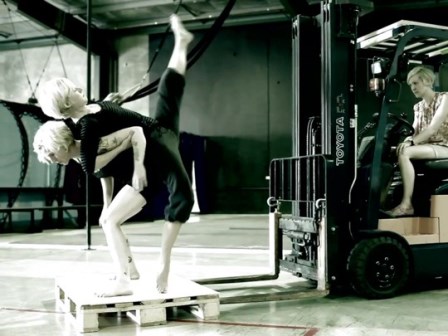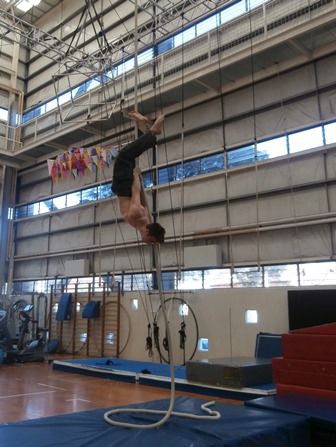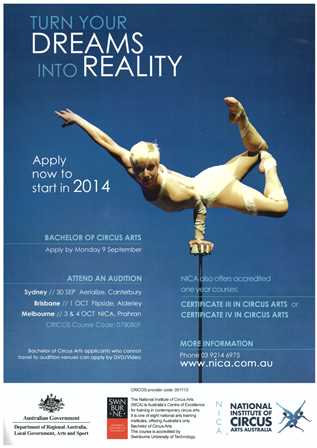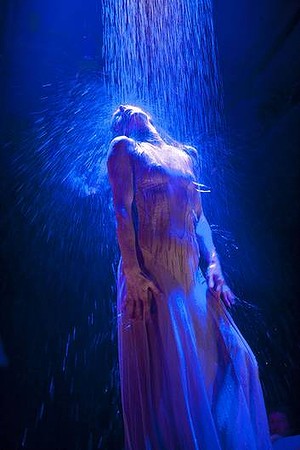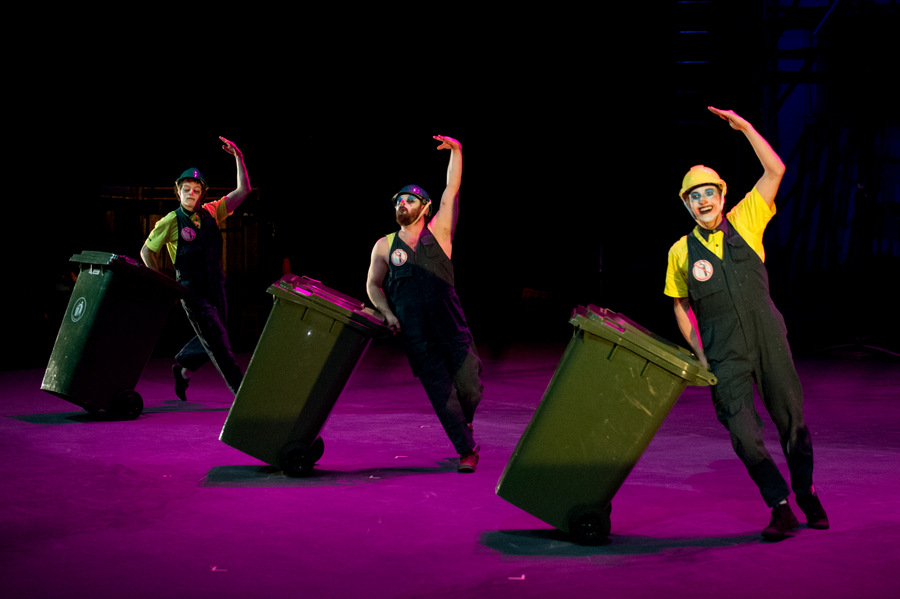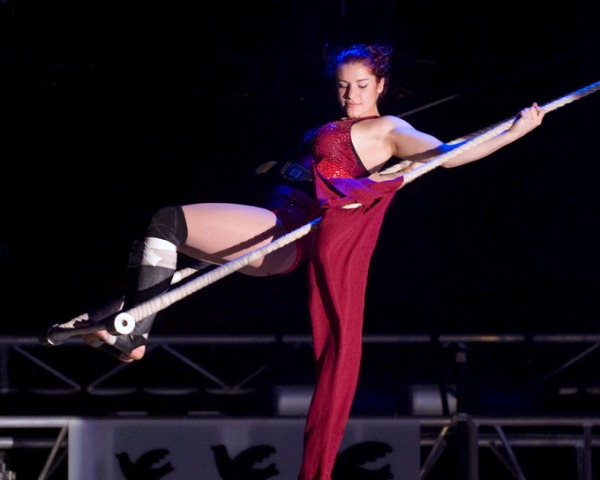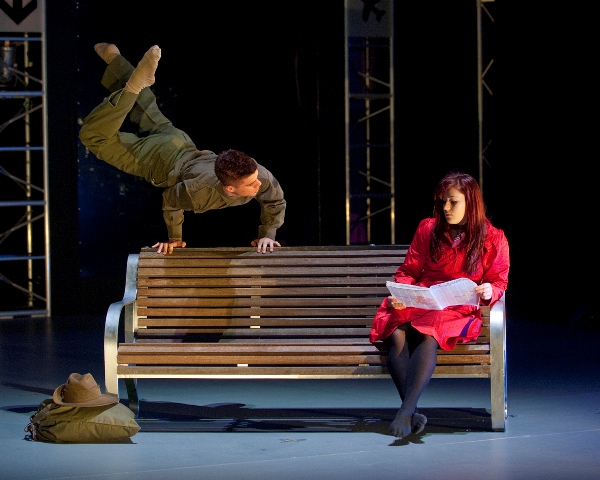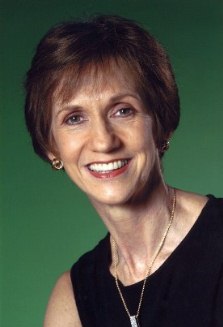- ‘Creative minds’: Stephen Page
I was, earlier today, doing a bit of ‘last day of the year’ exercise on the treadmill at the gym when I accidentally turned on a television channel I didn’t mean to select. It was a fortuitous accident as it happened. The program that came on turned out to be an interview with Stephen Page conducted by Robin Hughes in her series called ‘Creative Minds’. Somewhere along the line I managed to miss it when it was originally screened some three years ago, but I have since put in an order to add it to my collection.
So much stood out in the interview, which included some great archival material from the earliest days of Bangarra. In particular, footage of Russell Page, who was seen in a range of situations across several years, showed what an exceptional mover he was. In addition, the recording showed so beautifully what makes Stephen Page the outstanding director that he is as he answered the often quite probing questions put to him. I was also completely charmed, as ever, by Page’s great sense of humour, humility and passion for his heritage.
I can’t wait to watch it in more comfortable conditions. But I did stay on the treadmill for longer than usual so I could see the whole program!
- Papers of Dame Margaret Scott
I am pleased to be able to report that Dame Margaret Scott has agreed that her collection of dance material be housed in the National Library of Australia, where it will join the collections of so many dance artists she has taught, performed with, commissioned, and mentored. In the early days of January I will be working to organise the material for its move to Canberra.
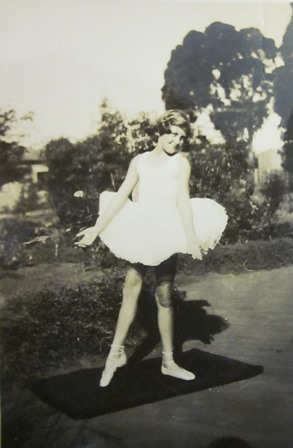
- Best of 2015
My 2015 ‘best of’ selections will appear in the February/March issue of Dance Australia. I also have had things to say about 2015 in Canberra and that article appears below in ‘Press for December’. What I didn’t mention in either situation was the show that really stood out for me in 2015—Quidam from the Montreal-based Cirque du Soleil. I did review it, however, for The Canberra Times and that review appears below, also in ‘Press for December’. Although not dance in the strictest sense, but circus, a cousin of dance as it were, Quidam was especially impressive for being a production in which every single moment in the show had been thought through with care and theatrical intelligence. A rare experience.
- Press for December
‘An exhilarating experience.’ Review of Quidam from Cirque du Soleil, The Canberra Times, 12 December 2015, ARTS p. 19. Online version.
‘Dance highlights and hankerings.’ Overview of dance in Canberra in 2015. The Canberra Times, 28 December 2015, Times 2 pp. 6–7. Online version.
Michelle Potter, 31 December 2015

With thanks to all who have visited my website in 2015, especially those whose astute comments have added so much to the posts.
A happy, dance-filled 2016!
